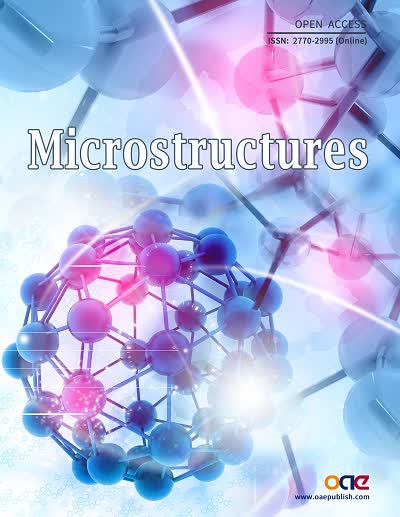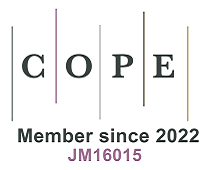Figure 8. (A) Stable structure models of Pt13 clusters on (i) TiN, (ii) TiC, and (iii) graphene. Reproduced with the permission of Ref.[134] Copyright 2019, Elsevier. (B) Schematic of Pt/e-TAC catalyst formation. Reproduced with the permission of Ref.[138]. Copyright 2014, Royal Society of Chemistry. (C) Binding energies of Pt atoms on the ordered Mo2C surface and the formation of Pt nanorafts on the Mo2C surface (i) to (iv) Pt deposited growing in a channel, (v) to (viii) Pt atoms deposited outside the channel with an increase in Pt-loading. Purple, blue, and yellow spheres represent C, Mo, and Pt atoms, respectively. Reproduced with the permission of Ref.[144] Copyright 2018, American Chemical Society. (D) Free energy diagrams of ORR on Pt@Mo2C(100)_O* and Pt(111). Reproduced with the permission of Ref.[148]. Copyright 2021, American Chemical Society. (E) Schematic diagram, phase characterization, and performance. (i) Schematic illustrations of the synthesis of various Pt/Mo2C samples, (ii) XRD patterns of various Pt/Mo2C samples, (iii) Fitted EXAFS results of Ptquasi/Mo2C, without and with Pt-Pt coordination, (iv) Structural models of the cases for quasi-paired Pt single atoms and completely paired Pt atoms, (v) Stability of Ptquasi/Mo2C determined by chronoamperometry test conducted at a potential of 0.85 V. Reproduced with the permission of Ref.[149] Copyright 2021, John Wiley and Sons.










